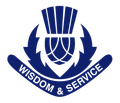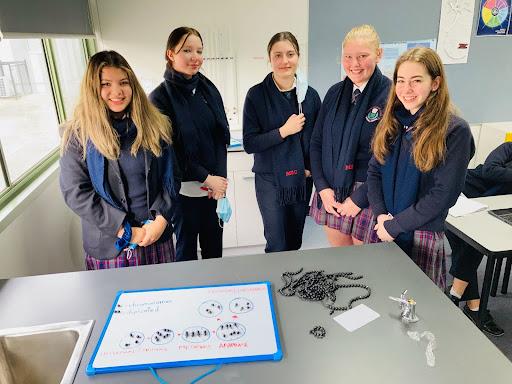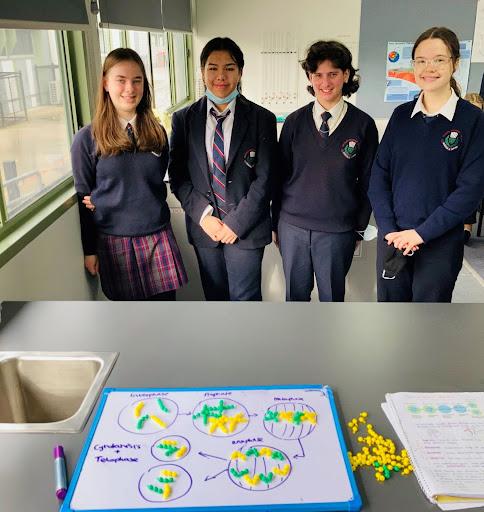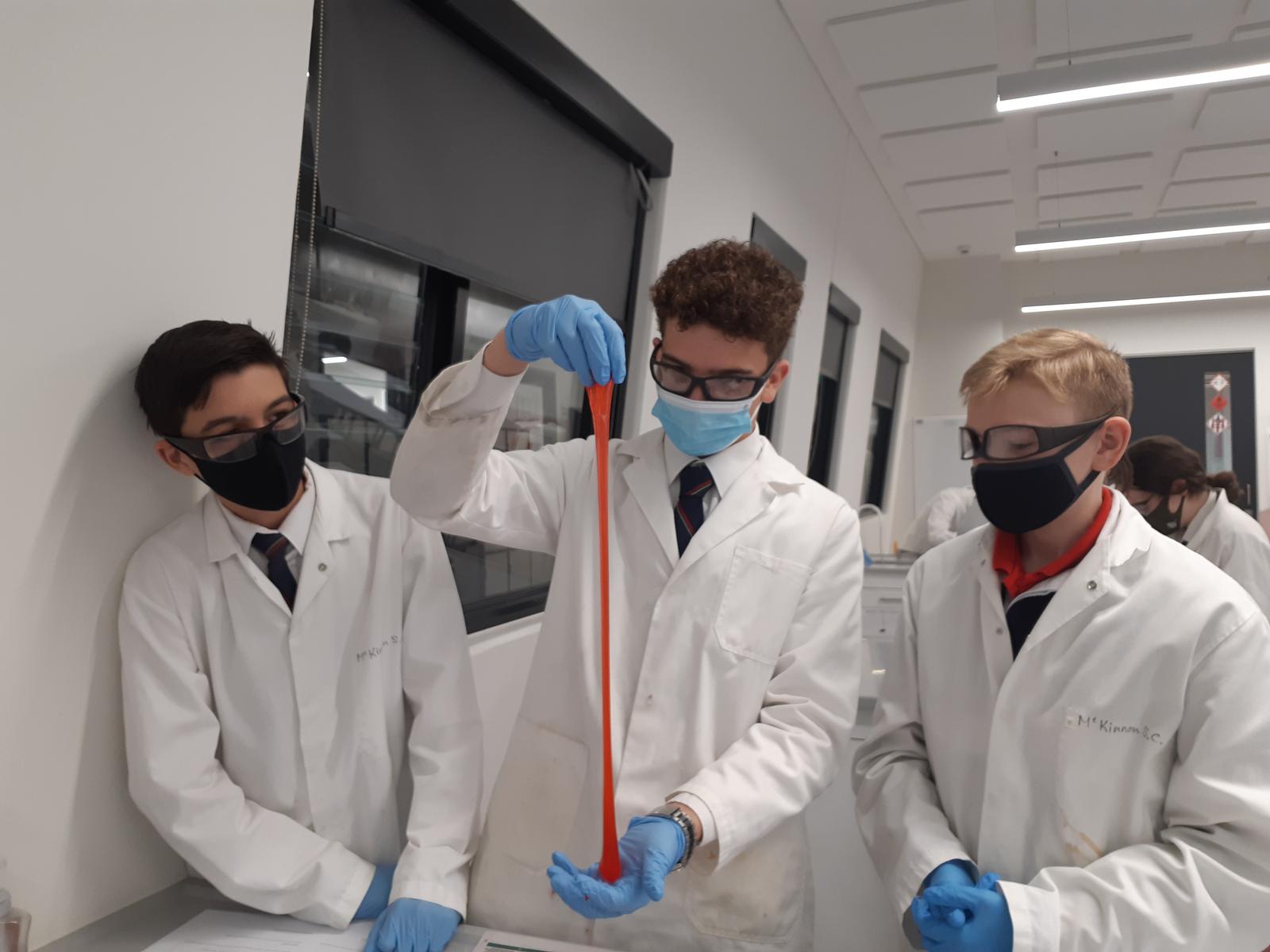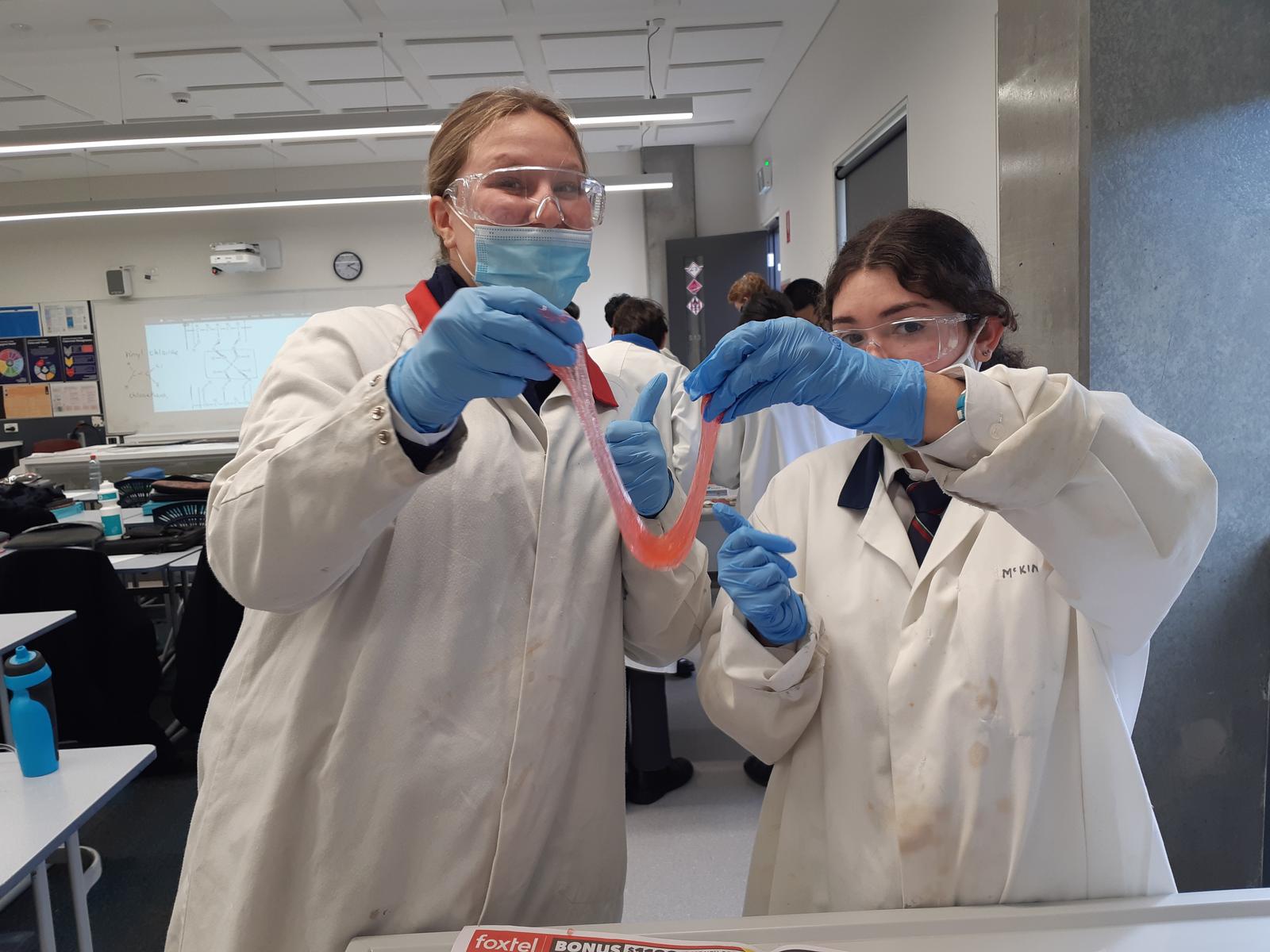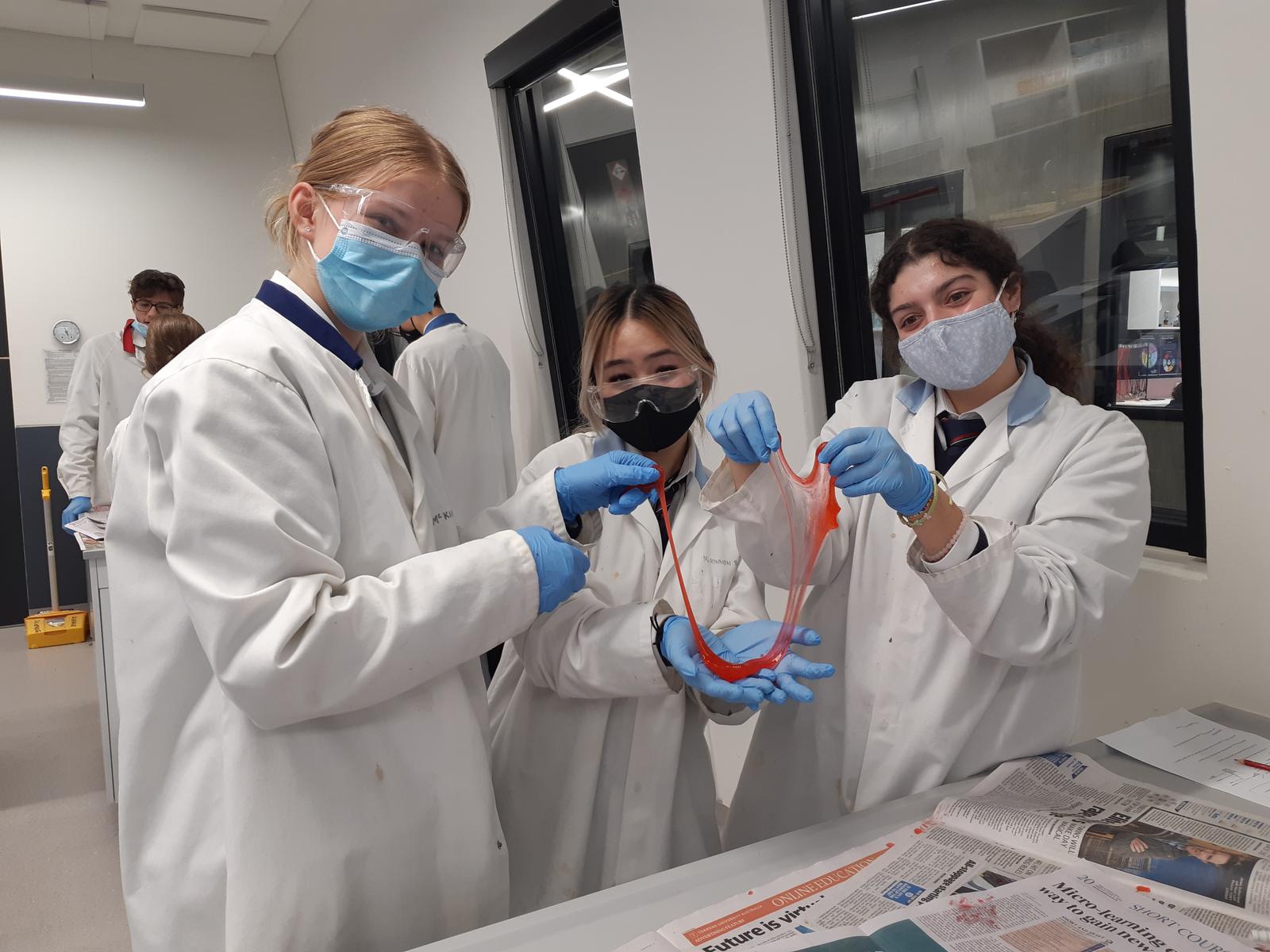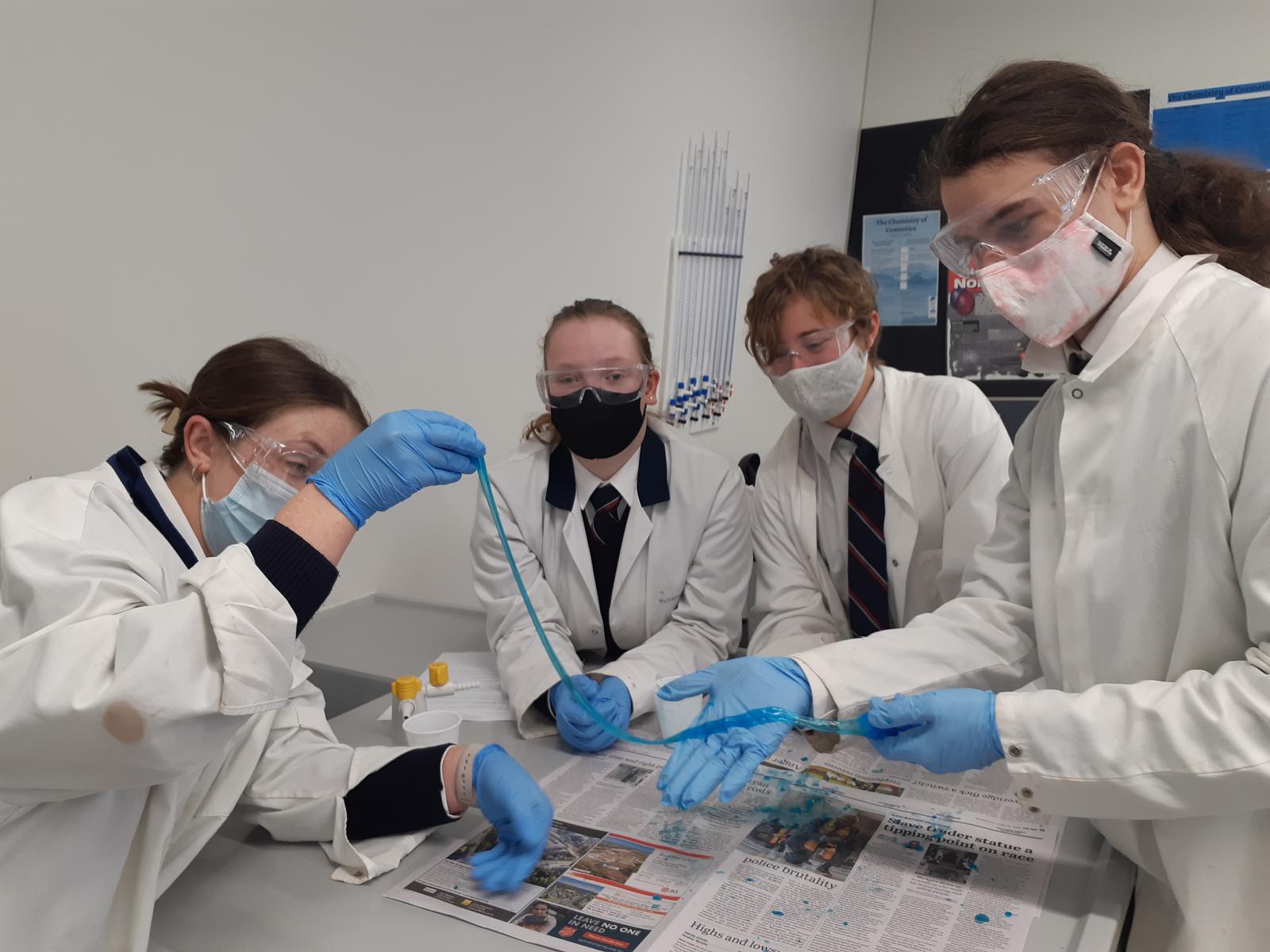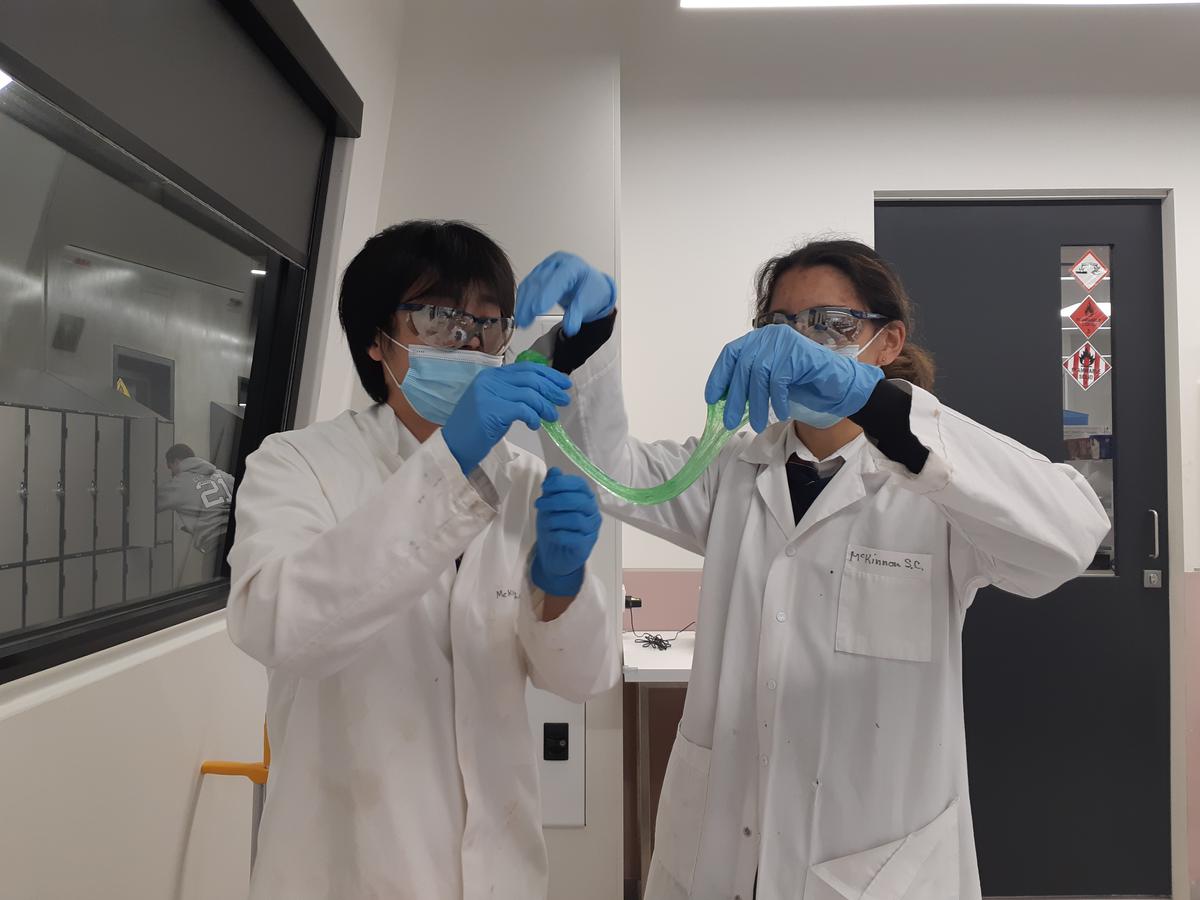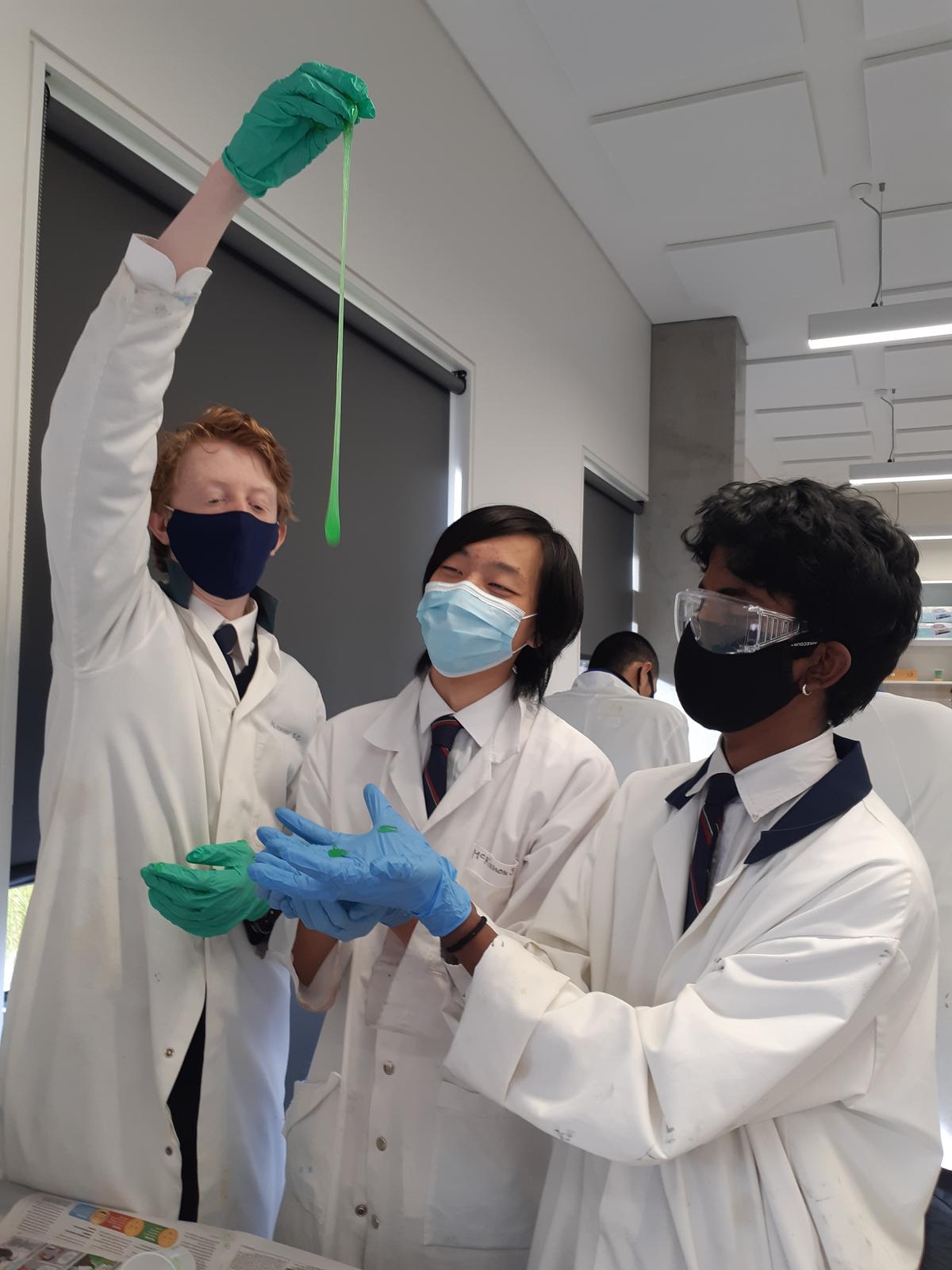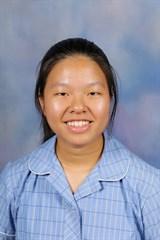SCIENCE
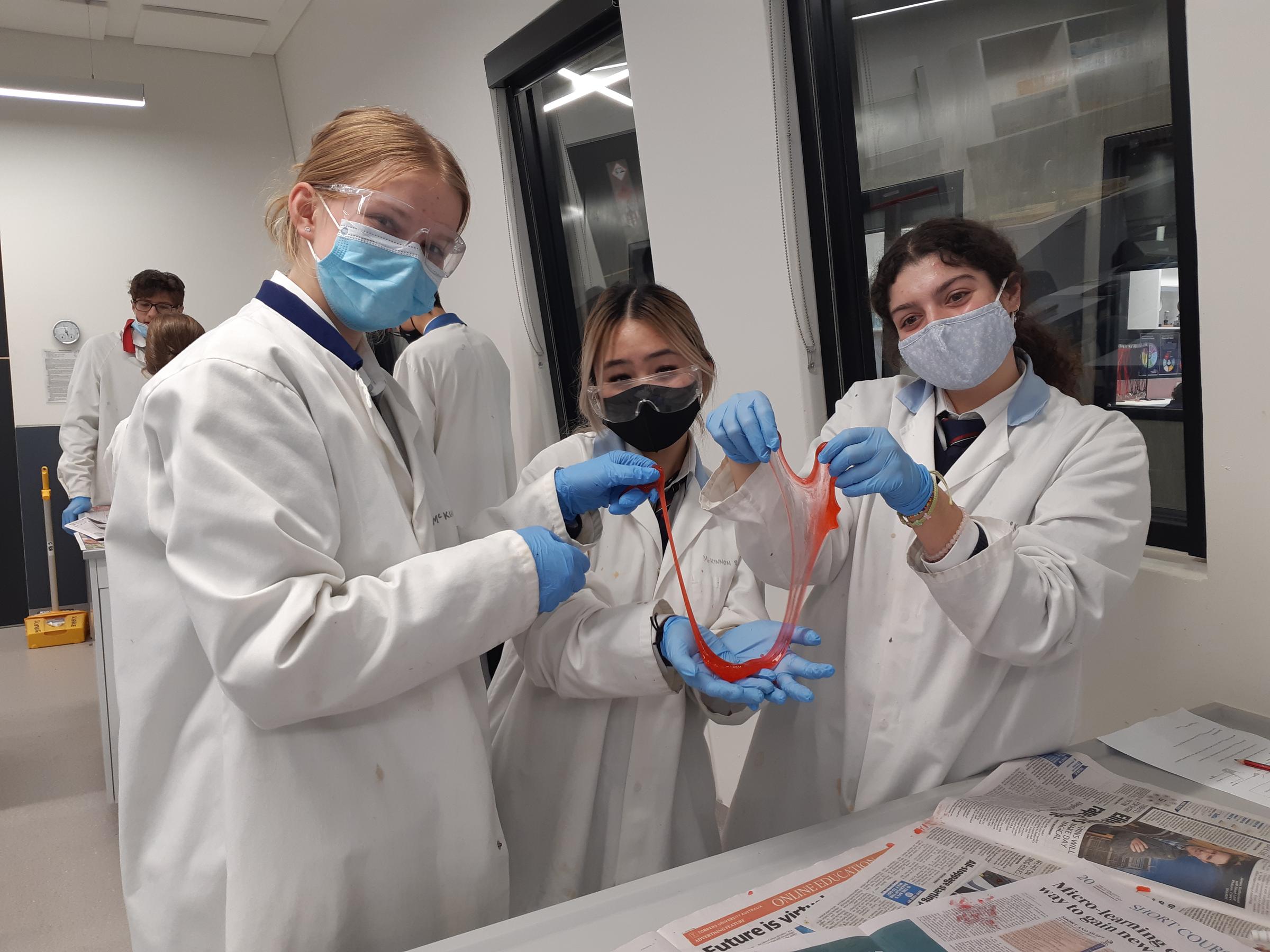
OVERALL EXPERIENCE OF YEAR 10 BIOLOGY
During Semester 1, in Biology, we studied many things. We learned about cells and their structures, what organelles they contain and how they function. Cell damage such as reversible and irreversible damage was also explored. Furthermore, we improved our understanding of diseases relating to obesity such as diabetes and the factors that increase the risk of obesity. We also learnt about the immune system, how it fights off bacteria and viruses and antibiotic resistance. Genetics was also a big section in our learning as we looked into DNA and chromosomes, the function of genes and how the watson crick model is used and what it means.
In order to consolidate our understanding of the different topics, we engaged in various practical activities. For example, in Term 2, we extracted DNA from a strawberry and examined it under a microscope. We carried out the entire procedure on our own and were given the independence to study the strawberry. This was an enlightening experience as it allowed us to investigate and understand things from our everyday lives in depth.
We also analyzed various sample slides, such as rat testes and onion, in different stages of mitosis. We had been learning about the process of mitosis in class, so seeing these processes first-hand further helped us understand the process of cell division and how it looks in real life.
We also completed an activity called ‘Modeling mitosis’ whereby the aim of this task was to use ‘Pop-it’ beads to create an interactive diagram of the process of Mitosis. This was a very hands-on activity and gave us an opportunity to complete group work and collaborate with our classmates.
Overall, all of the topics covered in this semester-based elective were enjoyable, and we’re happy that we decided to choose it.
Paola Camacho Meza, Laura Inall & Seffra Tienstra
Year 10 Students
POLYMERS
As part of our Unit 1 Chemistry studies, we explored the world of polymers and the process of addition polymerisation. Polymers are able to exhibit an almost limitless variety of properties which makes them useful for a wide range of applications in daily life. We investigated how the properties of polymers can be modified to suit different uses and considered the advantages and disadvantages of these.
For our first experiment, we made a crosslinked addition polymer. We did this by mixing solutions of polyvinyl alcohol and borax, adding a few drops of food colouring for fun. This resulted in a slime with strong covalent bonds within the polymer chains, but weak hydrogen bonds between the chains. This structure meant that we could stretch the slime when pulled slowly as the polymer chains have time to adjust to a new shape. Additionally, it would snap when pulled apart quickly. This was due to the polymer chains not having enough time to readjust to the quick stretching action, causing it to break. The slime also bounced when rolled into a ball and would break into small pieces when a strong force was applied.
For our second experiment, we created a high bouncing rubber ball. This was done by mixing solutions of natural rubber latex, water and vinegar. When the rubber ball was bounced, it rebounded to a reasonable height and was able to be used in enjoyable games. It was great to discover the properties of crosslinked addition polymers through hands-on experiments as we realise how applicable and common these are in our lives.
All of these experiments made us realise that polymers are all around us; from our clothing, cookware, cutlery, paints and much more. They make our lives much more comfortable and practical, and it was very interesting to look at how these polymers work and how they differ from one another. This was a great way to learn about the applications of polymers!
Monique Andjelic & Linh Nguyen
Year 11 Students
